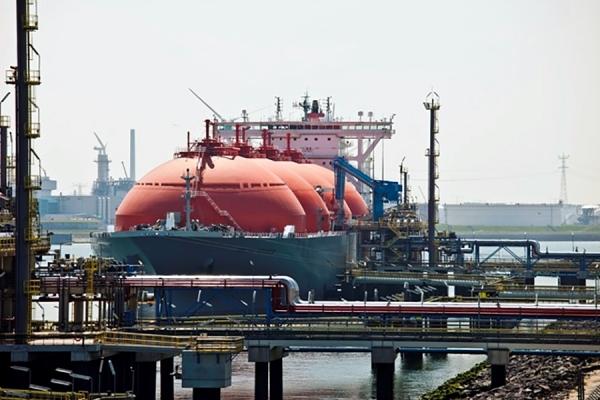
EUROPEAN LNG PROBLEM

LNG will play a key supporting role if supplies from Russia fail to reach Europe for a long period for whatever reason, according to Gas Infrastructure Europe's Christophe Poillion, the chairman of the organisation's task force on security of supply.
Working from the results of stress tests the task force carried out in 2014, together with the European National Transmission System Operators for Gas, he also said that, considering declining indigenous production in the EU, there will be global competition between LNG and Russian gas.
He told the European gas conference in Vienna late January that the stress test had definitely shown that "we still need additional infrastructure, but not everywhere – we really need to target investment where it's really needed and have the projects of common interest ("PCI's") and how Europe promotes investments should really be targeted to regions where we do need investments."
Calls for infrastructure
Crises, Poillion added, also mean a need for gas storage. But as well as available infrastructure, regulations were also crucial. He mentioned a new regulation on security of supply that is being prepared and which should offer a guideline for improving the situation.
GIE, he recalled, had worked with all infrastructure operators to assess the capacity of the existing gas system in Europe to cope with supply failures in the short, medium and long term. He offered some key findings from the 2014 stress-tests, including cost-efficiency and a greater degree of cooperation. He said countries tended first to serve their own markets and only helped others if they had any spare flexibility.
Others in the industry who are not involved with pipelines have criticised some interconnector projects, such as the subsea Midcat line to link Spain and France under the Mediterranean, when LNG could be redelivered to southern France instead using existing capacity in both countries.
LNG: a future solution
According to what he termed a "reference case" to supply customers in winter, 7% would come from LNG, but for only a 1-month disruption LNG does not make a contribution, because at present only Greece's Revithoussa LNG terminal could bring additional gas to the region.
Storage, he showed, would comprise 19%, while additional gas could be shipped to northwest Europe that could be shipped eastward.
Poland and Lithuania, he noted, would have been affected in 2014, as neither country had access to an LNG terminal. Finland, said Poillion, is an interesting case because in case there is a gas disruption, the country is able to switch completely to alternative fuels, even able to "forget about gas".
Regarding bottlenecks in Europe, he cited one major problem, that LNG can arrive in western Europe, which has a lot of regasification capacity. "But, for the time being, to move gas from western Europe to eastern Europe is still an issue. The situation is improving because we have new LNG terminals now in operation in Poland and Lithuania; there are now new projects under construction, an increase of interconnection capacity, but still some way to go."
Given the trend towards decarbonisation, he predicted that demand for gas will be stagnant at best. "We need to think about how to invest in a clever way in new infrastructure that are supposed to last for 50-60 years – over a long time."
However, as he himself pointed out, more pipelines have been built since the study was completed, such as the link between Hungary and Slovakia, in risk-prone eastern Europe where the Gazprom-built pipelines were all pointing west. The Baltics remain at threat; but there is no transit country risk there, as those three former Soviet states with sizeable Russian populations have a direct line from Russia; and Lithuania now has an LNG import terminal. The arrival of gas from the Caspian later this decade or early next also offers hope for countries such as Turkey and Bulgaria.
Future FSRU prospects
Poillion mentioned that GIE is also studying the possibility of using floating storage and regasification units (FSRUs), which he said are a bit more expensive than classic LNG terminals, but could be shared among several countries. "In some cases, 18 months is even enough time for implementing a new FSRU, so that means it can be a quick solution," he said.
Navigant's energy practice director Richard Bass asked whether FSRUs were a silver bullet for the LNG industry as FSRU projects are typically between 2.5mn and 3mn mt/yr. The US, a possible back-up for Europe in the event of a Russian failure, is set to produce for export some 60mn mt/yr of LNG over the coming few years. "So you'd need about 30-35 of these projects to take up the entirety of that volume," he said. That would be about half of Russia's gas exports to Europe and Turkey of about 160bn m³/r of pipeline gas, although the price would have to be high enough to attract US LNG.
-----
More:





